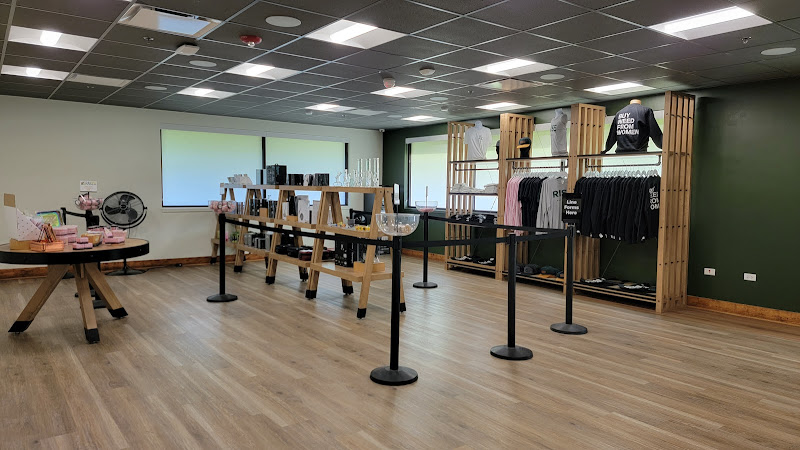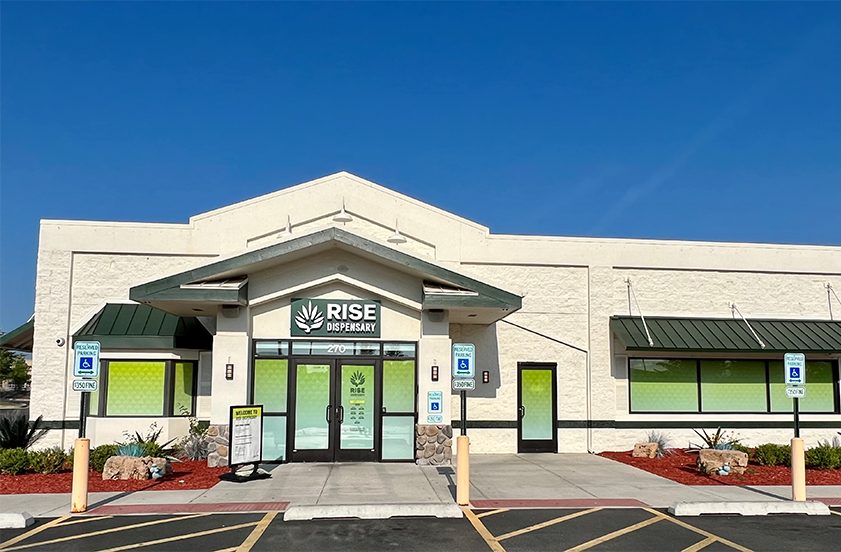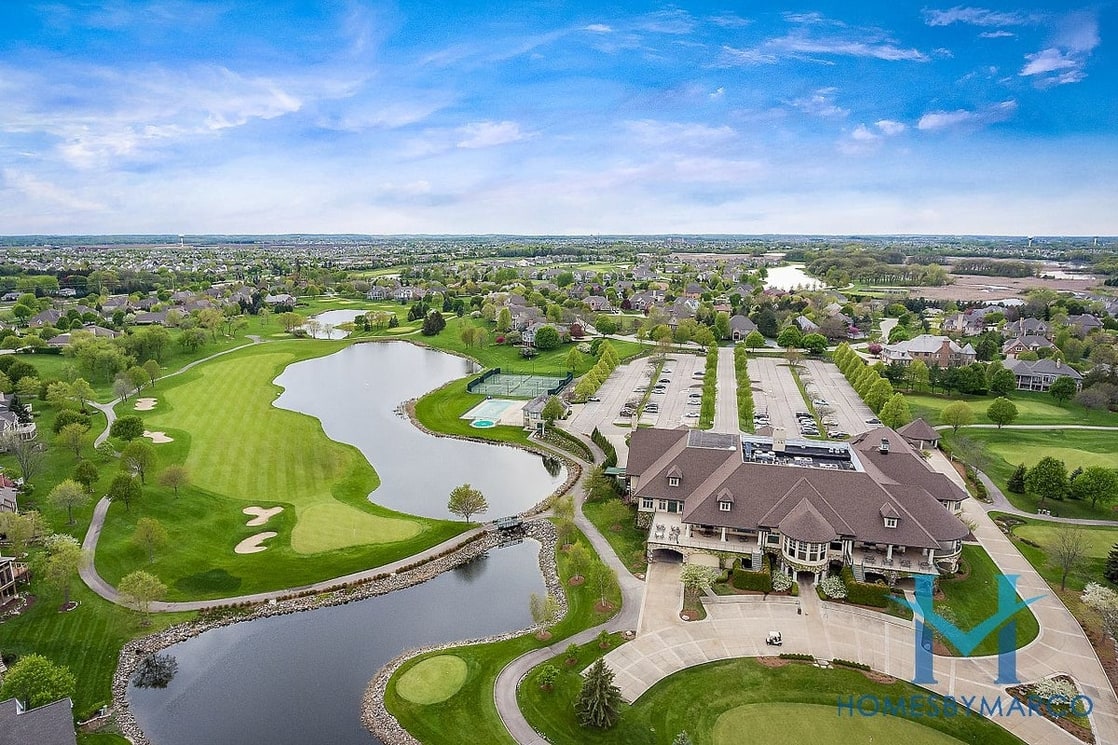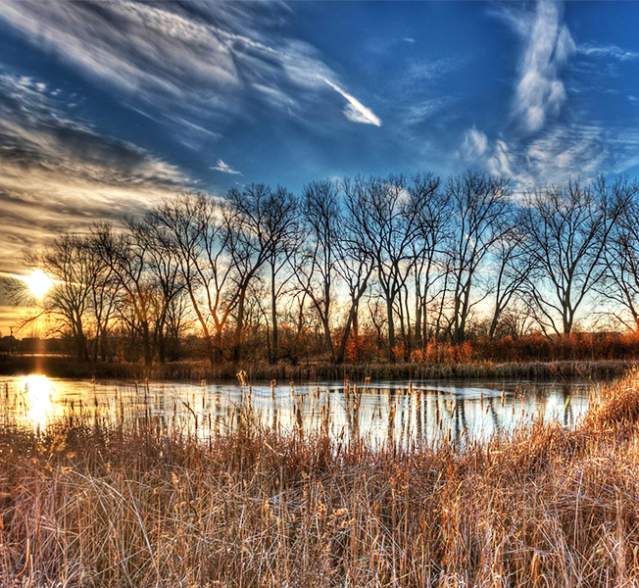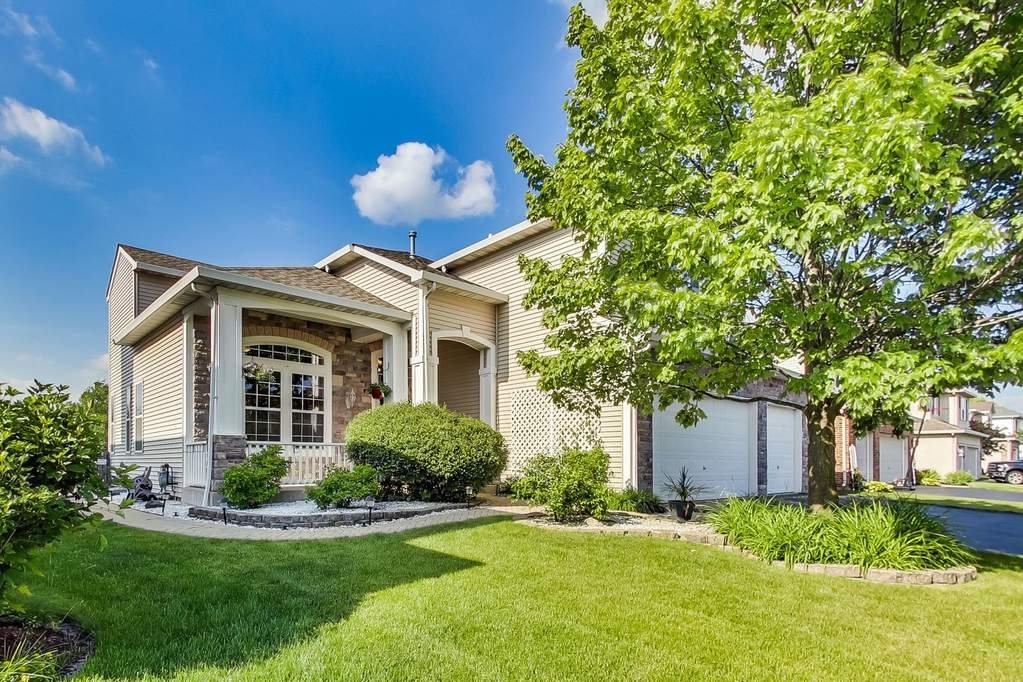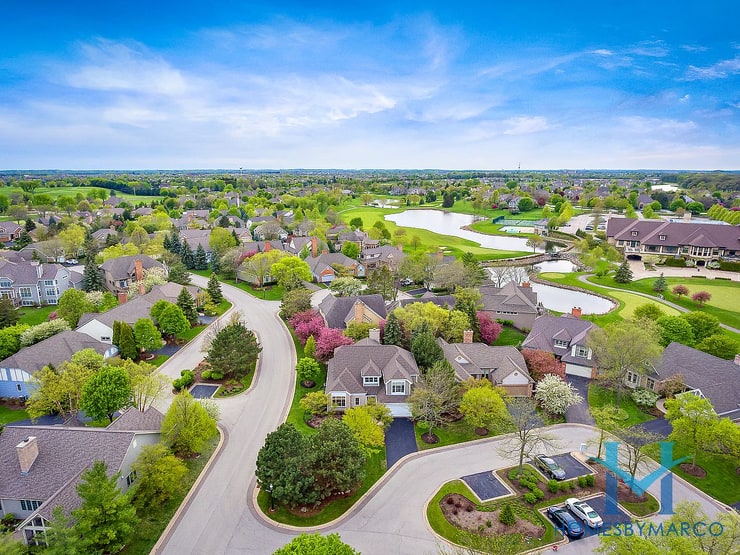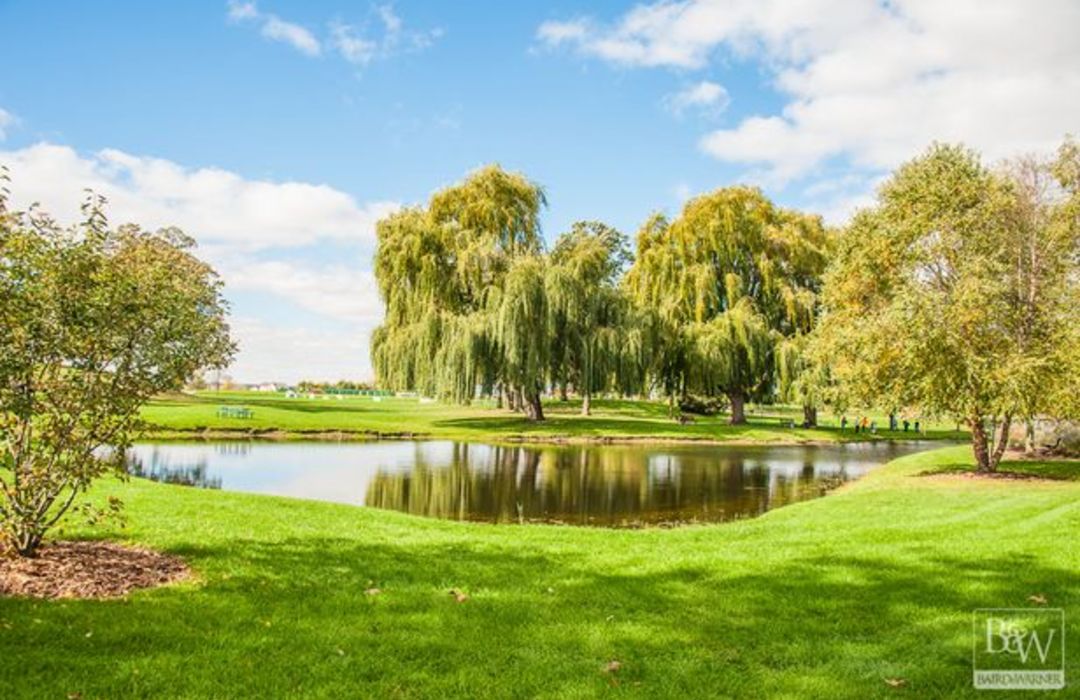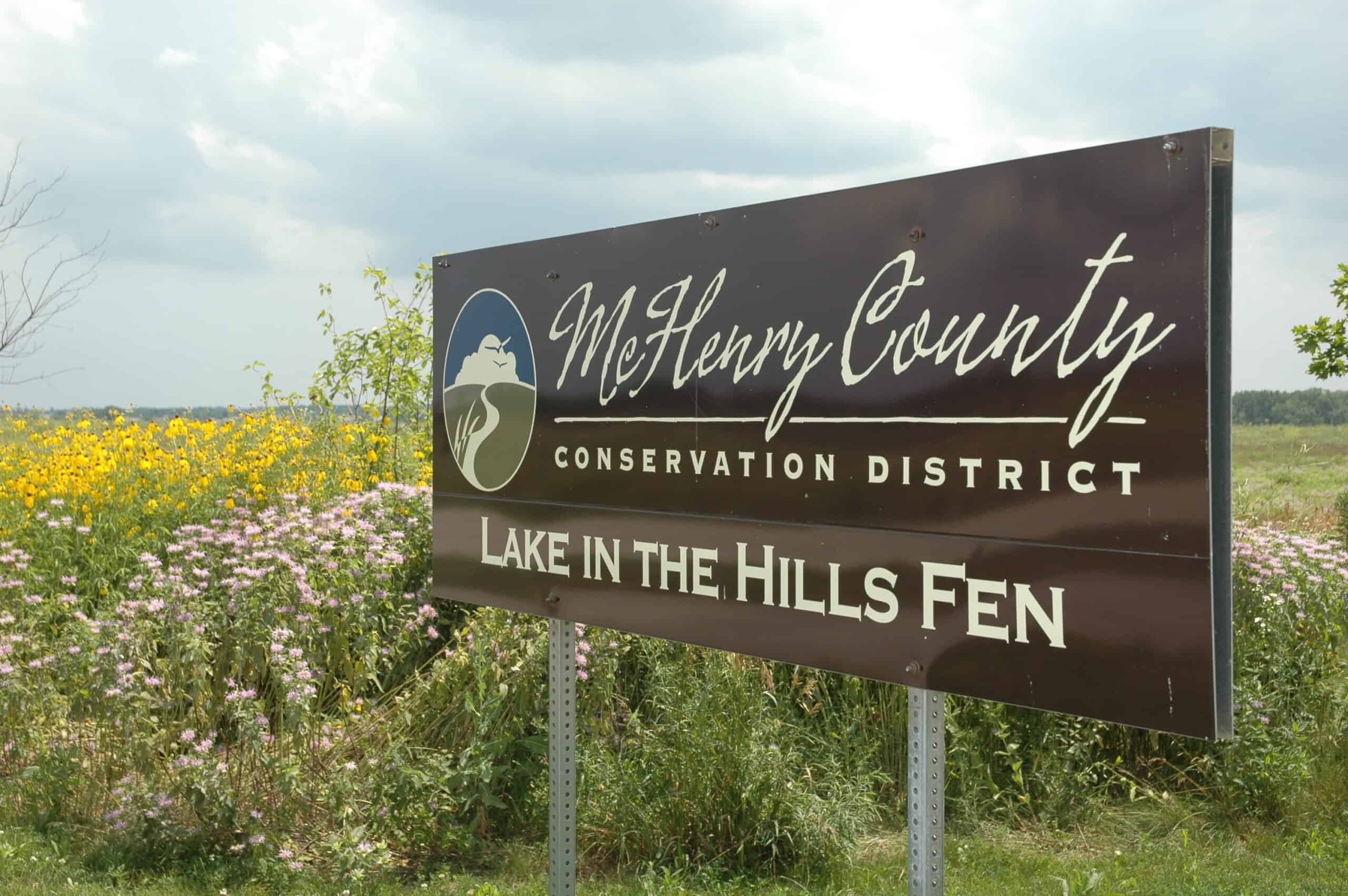Rise Lake In The Hills Illinois
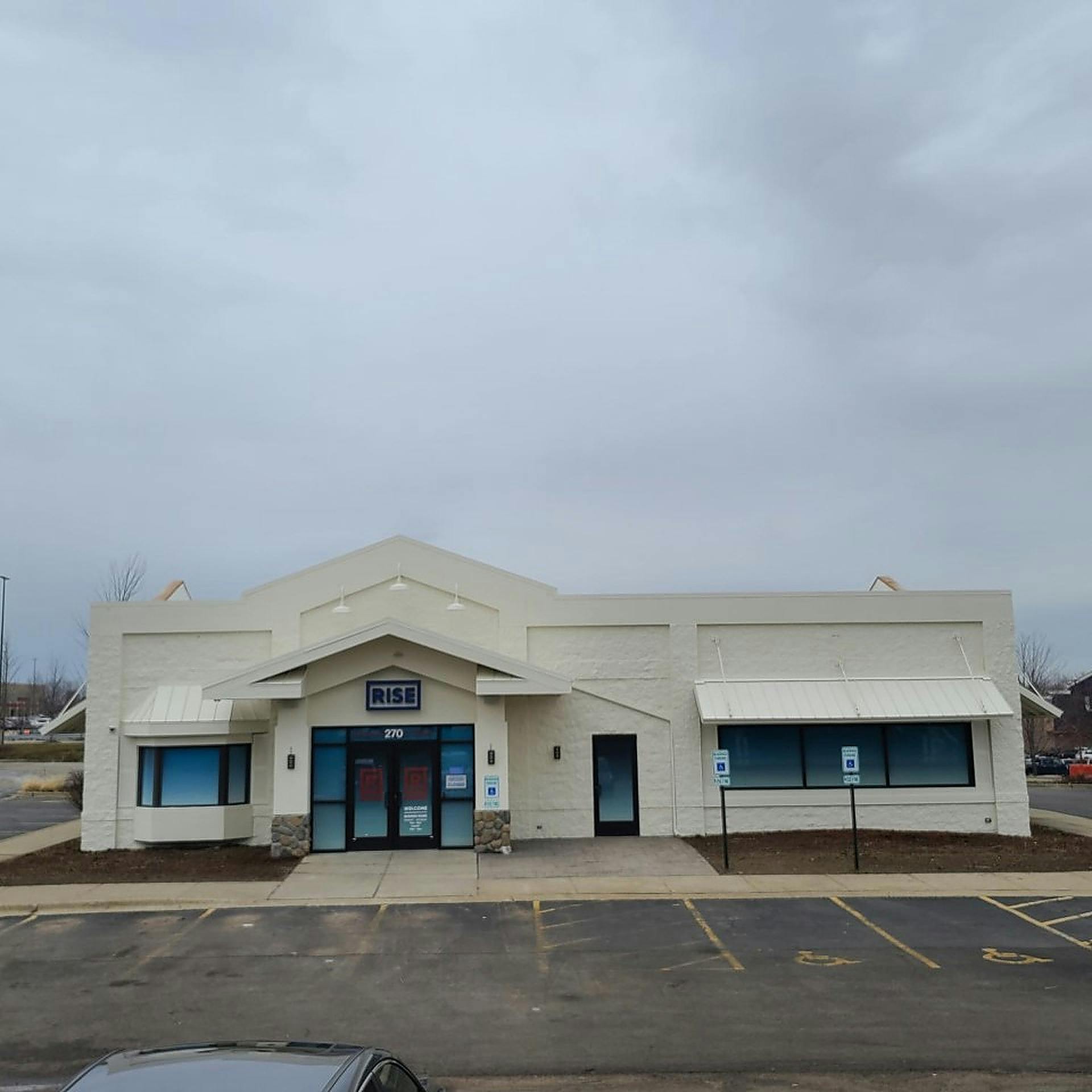
Residents of Lake in the Hills, Illinois, are facing an unsettling reality: their namesake lake is rising, and the consequences are becoming increasingly tangible. Homes are threatened, recreational spaces are submerged, and the community grapples with the complex interplay of weather patterns, aging infrastructure, and the very real effects of climate change.
The rising lake levels represent more than just an inconvenience; they are a direct threat to property values, public health, and the overall quality of life in this suburban village. This article delves into the causes of the escalating water levels, the immediate impacts on residents and the environment, and the measures being considered and implemented to address this growing crisis. It seeks to provide a comprehensive understanding of the challenges and potential solutions facing Lake in the Hills.
The Alarming Ascent: Documenting the Rising Waters
Over the past several years, Lake in the Hills has experienced a steady increase in its water levels. Records from the Lake in the Hills Sanitary District, which monitors lake levels, show a marked upward trend, particularly during periods of heavy rainfall.
According to data, the lake has risen several feet above its normal operating level, reaching heights not seen in decades. This rise isn't a sudden anomaly, but rather a gradual climb exacerbated by recent intense weather events.
"We've seen unprecedented rainfall in recent years," says Village President Ray Bogdanowski in a statement. "This has overwhelmed our existing drainage systems and contributed significantly to the rising lake levels."
The Culprits: Untangling the Causes
Several factors contribute to the escalating water levels. Increased rainfall, inadequate drainage infrastructure, and the effects of climate change are all significant contributors.
The Midwest has experienced a trend of increasingly frequent and intense rain events, overwhelming natural and man-made drainage systems. These extreme weather patterns strain the existing infrastructure, leading to increased runoff and higher lake levels.
Aging infrastructure is also a crucial factor. The village's storm sewers and drainage systems, some dating back decades, are not equipped to handle the increased volume of water from these intense rainfall events.
Furthermore, the overall regional impact of climate change, with altered precipitation patterns, is a significant underlying driver of the problem. This has led to a heightened awareness of the need for sustainable and resilient infrastructure.
Impacts on the Community and Environment
The rising lake levels are having a profound impact on the community. Several homes along the shoreline are experiencing flooding in basements and yards, causing significant property damage.
Recreational areas, including parks and beaches, are submerged, limiting access for residents. The Village of Lake in the Hills has closed several of these areas, citing safety concerns and the need for extensive repairs once the water recedes.
"It's heartbreaking to see our parks under water," says Laurie Peterson, a long-time resident and frequent user of the lakefront trails. "These spaces are vital for our community, and their loss is deeply felt."
The rising water also poses environmental risks. Increased runoff carries pollutants into the lake, potentially impacting water quality and harming aquatic life. Concerns are also rising about potential erosion along the shoreline.
Addressing the Crisis: Strategies and Solutions
The Village of Lake in the Hills is actively pursuing various strategies to address the rising lake levels. These include both short-term measures to mitigate immediate impacts and long-term projects to improve drainage infrastructure.
Emergency measures such as pumping water away from affected areas and providing sandbags to residents are underway. The village is also conducting inspections of drainage systems to identify areas for immediate repair and improvement.
Long-term solutions involve significant investment in infrastructure upgrades. These projects include expanding drainage capacity, improving storm sewer systems, and constructing retention ponds to manage stormwater runoff. The Village is actively seeking funding and grants from state and federal agencies to support these initiatives.
The Lake in the Hills Sanitary District is also working on watershed management plans to address the root causes of the problem. This involves collaboration with neighboring communities to implement best practices for stormwater management and land use planning.
Resident Perspectives: Concerns and Hopes
Residents have a wide range of perspectives on the rising lake levels and the village's response. Some express frustration with the slow pace of progress, while others are cautiously optimistic about the long-term solutions being implemented.
"We understand the village is working hard, but the flooding is affecting our homes and our property values," says Mark Johnson, a resident whose home is near the lake. "We need to see concrete results soon."
Some residents advocate for more sustainable solutions, such as promoting green infrastructure and reducing impervious surfaces. They believe that these measures can help to mitigate the impacts of climate change and reduce runoff into the lake.
The village is actively engaging with residents through public meetings and online forums to provide updates on the situation and gather feedback on proposed solutions. This open communication is crucial for building trust and ensuring community support for the long-term strategies.
Looking Ahead: A Resilient Future for Lake in the Hills
Addressing the rising lake levels in Lake in the Hills is a complex and ongoing challenge. It requires a multifaceted approach that combines infrastructure improvements, watershed management, and community engagement.
The village's commitment to investing in long-term solutions offers hope for a more resilient future. By working together, the community can mitigate the impacts of climate change, protect property values, and preserve the natural beauty of Lake in the Hills.
The situation in Lake in the Hills serves as a reminder of the growing challenges faced by communities across the Midwest and beyond. Addressing these challenges requires proactive planning, sustainable practices, and a strong commitment to community resilience.

